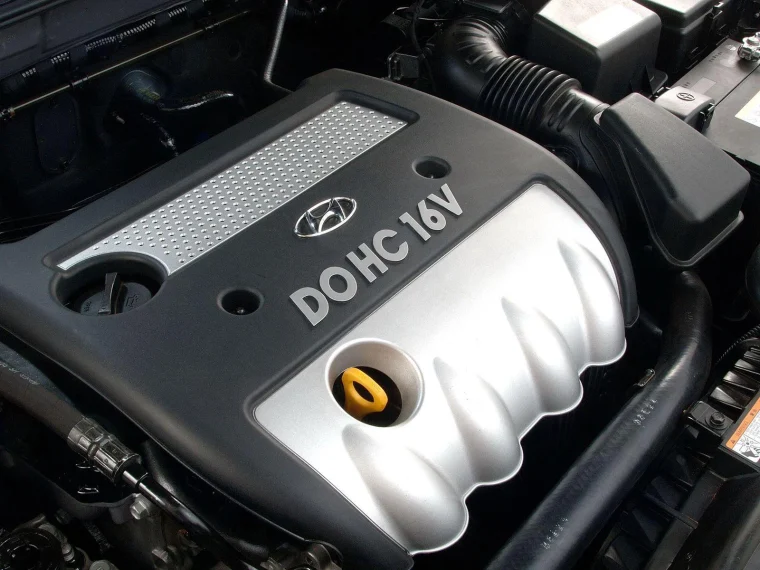They Break Too?! Engines and Transmissions from Famous Brands That Kept Failing
Hyundai Theta и Theta II

Hyundai also faced widespread engine defects, despite not using turbochargers or high-performance tuning. The issues stemmed from the seemingly simple naturally aspirated Theta series engines. Initially, the oil pump was to blame—over time, oil pressure would drop, leading to severe cylinder scoring. On early models from the mid-2000s, failures could occur before reaching 50,000 km (31,000 miles). In response, Hyundai redesigned the oil pump, simplified the engine layout, and replaced key components like pistons, connecting rods, and the crankshaft, while also removing the heat exchanger.
However, the Theta II engines remained prone to scoring, especially in cold climates. The primary culprit was often the catalytic converter, which could break down and send debris into the cylinders. Owners could reduce the risk by changing the oil more frequently, properly warming up the engine in winter, and monitoring engine temperature. In Russia, this issue became a headache for individual owners, but in the U.S., Hyundai paid a heavy price—excluding reputational damage, the company’s losses exceeded $3 billion.
As a result, Hyundai was forced to offer a lifetime warranty on 2.0L and 2.4L engines and issue a massive recall affecting around 1.7 million vehicles, including the Hyundai Sonata, Santa Fe, Tucson, and Veloster, as well as the Kia Optima, Sportage, and Sorento. In some cases, entire engines had to be fully replaced.




